Area 51 Arcade Game For Sale – Some goods, like a fine Swiss watch, carry decades or even centuries of tradition, built on a reputation of precision and excellence. A well-made product simply performs better. Beyond financial savings and environmental impact, second-hand goods also offer a sense of nostalgia and connection to the past. The items placed for sale are not merely commodities; they are often vessels of memories, symbols of past achievements, or representations of something bigger than the price tag they carry. Similarly, vinyl records have experienced a resurgence in recent years, with collectors seeking out rare albums and vintage pressings. The closing process also involves transferring the business’s assets, such as inventory, property, intellectual property, and customer contracts, to the new owner. Workers are often paid meager wages for their labor, while corporations amass wealth. Whether through their durability, aesthetic appeal, or the values they embody, these products go beyond simple transactions. While the online second-hand market has flourished, traditional thrift stores and second-hand shops continue to play an important role in the buying and selling of pre-owned goods. Another aspect that contributes to the appeal of quality goods for sale is the level of detail and attention given to the design. Acquiring an established business can provide a head start in terms of customer relationships, operational systems, and brand recognition. Additionally, many second-hand items are still in excellent condition, having been gently used or well-maintained by their previous owners, further enhancing the appeal of these products. Whether through thrift stores, flea markets, online platforms, or garage sales, second-hand goods provide consumers with an opportunity to find items they might not otherwise be able to afford, while also contributing to a circular economy where products are reused and repurposed. This leads to the accumulation of waste that ends up in landfills, contributing to pollution and the depletion of valuable resources. For the seller, the goal is to achieve the highest price possible for the business, while for the buyer, the goal is often to secure a fair price that reflects the true value of the business. For people looking to furnish their homes, build a wardrobe, or invest in certain hobbies or collections, second-hand goods often provide a way to access items they might otherwise be unable to afford. It doesn’t fall apart after a few uses, nor does it need to be replaced after a season. This is especially true in a world dominated by fast fashion, disposable electronics, and mass-produced products. Their inherent value comes not only from their physical characteristics but also from the values of durability and sustainability. The most obvious benefit is the cost savings.

Area 51/Maximum Force Arcade Game
Commercial gradebest sellershow to videosover 30 years
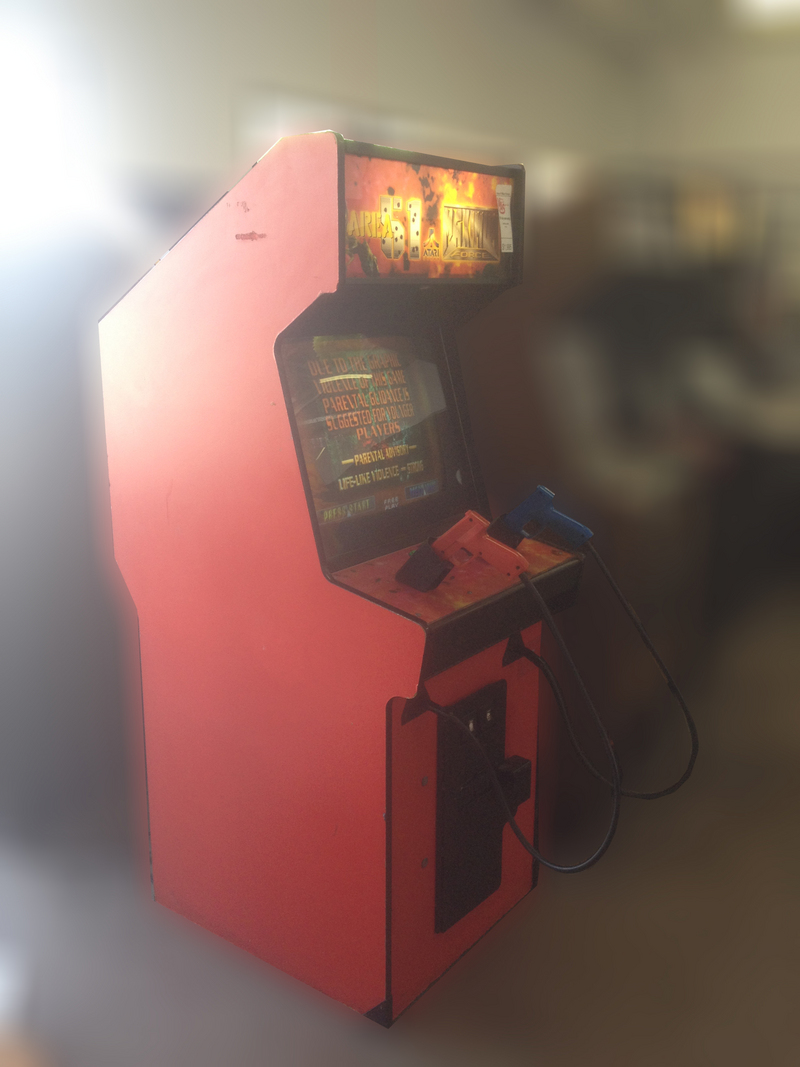
Area 51 Arcade Game Vintage Arcade Superstore
Commercial gradebest sellershow to videosover 30 years
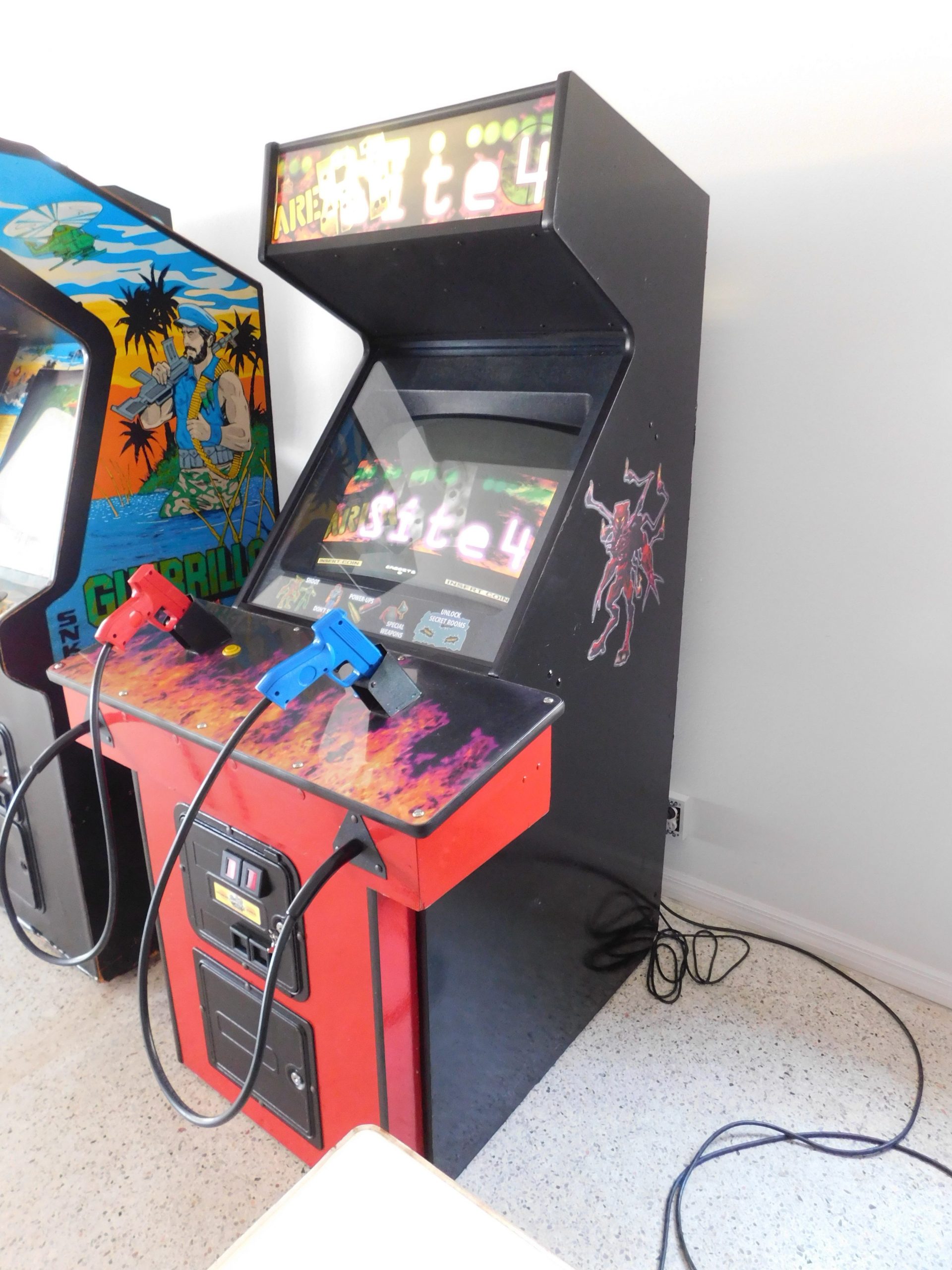
SOLD 1998 Atari Area 51 Site 4 Arcade Game Pinball Restorations
Commercial gradebest sellershow to videosover 30 years

SITE 4 AREA 51 DEDICATED ARCADE SHOOTER GAME ATARI
Commercial gradebest sellershow to videosover 30 years
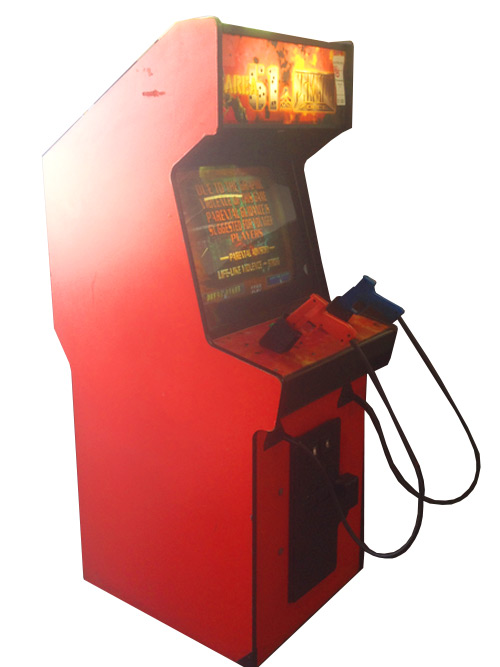
Area 51 Arcade Game Vintage Arcade Superstore
Commercial gradebest sellershow to videosover 30 years

SOLD 1998 Atari Area 51 Site 4 Arcade Game Pinball Restorations
Commercial gradebest sellershow to videosover 30 years
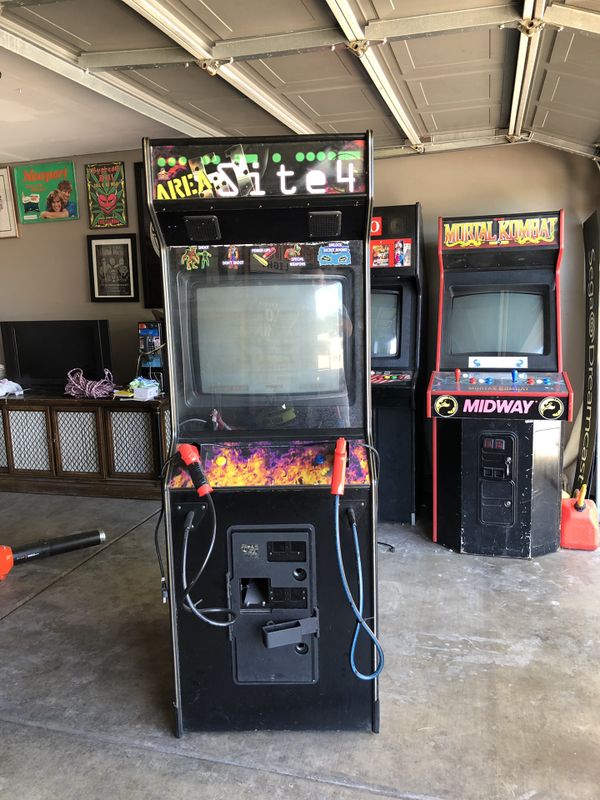
Area 51 Site 4 arcade for Sale in Tucson, AZ OfferUp
Commercial gradebest sellershow to videosover 30 years
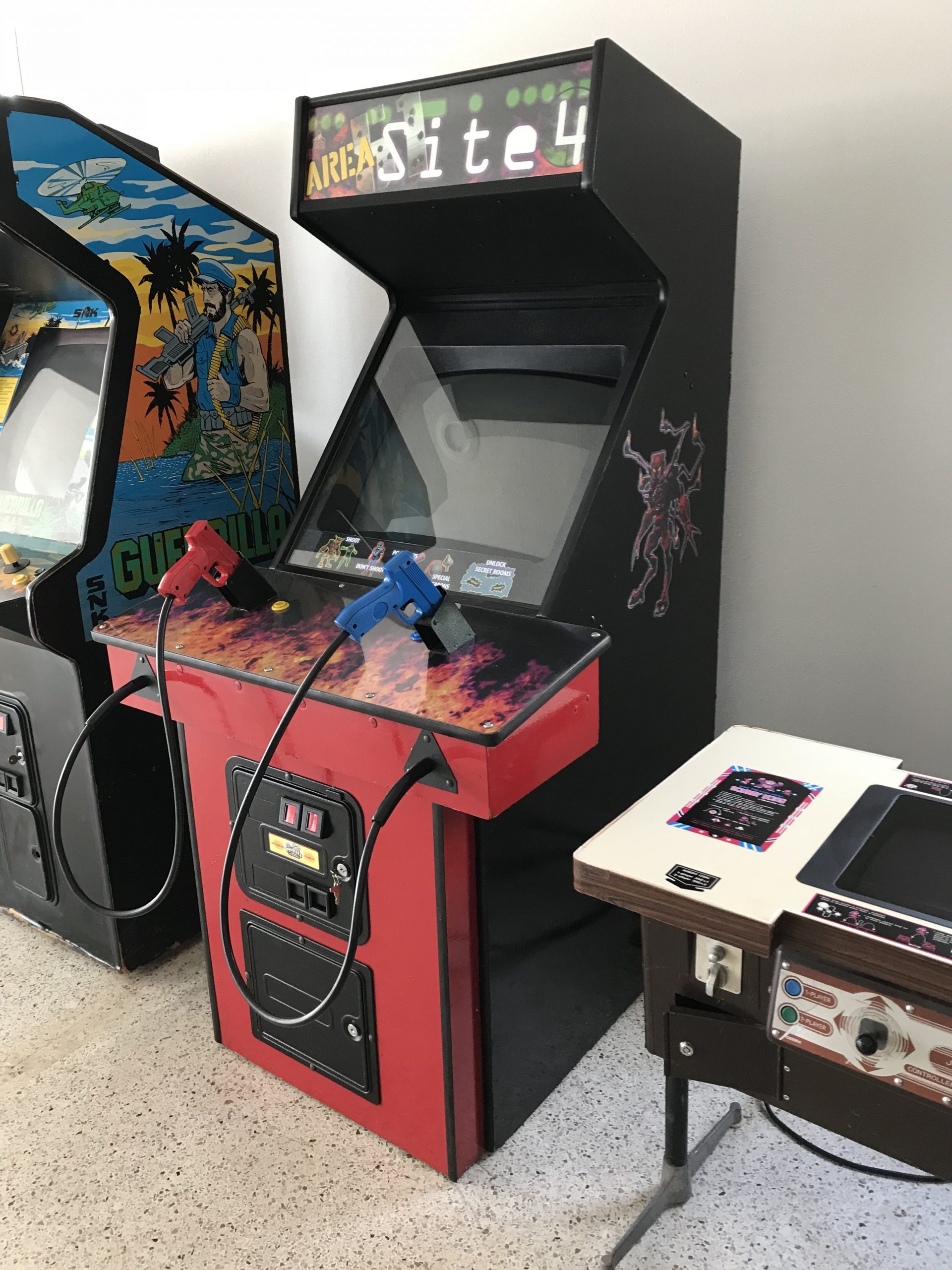
SOLD 1998 Atari Area 51 Site 4 Arcade Game Pinball Restorations
Commercial gradebest sellershow to videosover 30 years
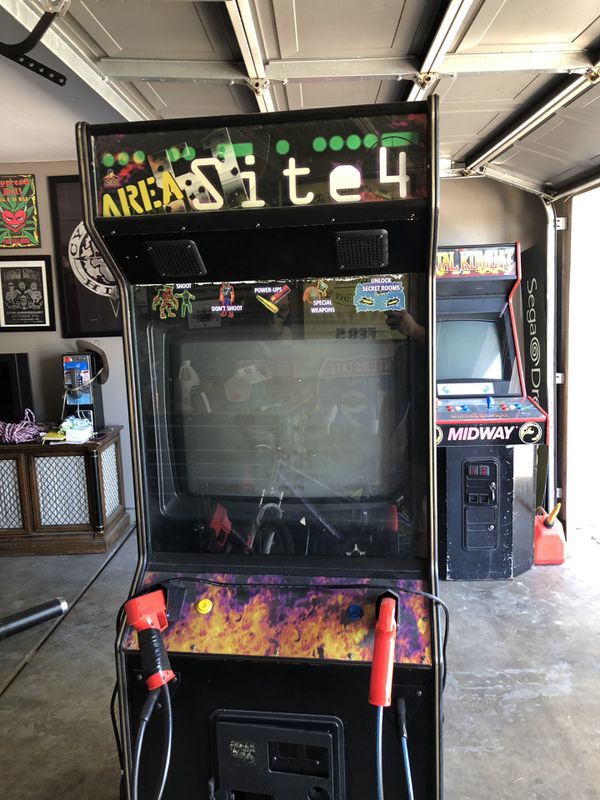
Area 51 Site 4 arcade for Sale in Tucson, AZ OfferUp
Commercial gradebest sellershow to videosover 30 years

Area 51, area 51site4, maximum force TRIO custom arcade game machine
Commercial gradebest sellershow to videosover 30 years
The global marketplace, with its constant buying and selling, influences everything from politics to the environment, creating ripple effects that are felt far beyond the immediate transaction. For example, an old wooden chair might be sanded down and refinished into a modern piece of furniture, or a vintage dress might be altered to fit a contemporary style. When a person decides to sell something, they might weigh the pros and cons, debating whether it’s the right time or whether it’s really necessary to part with what they’ve had for so long. When someone talks about purchasing quality goods, they are likely thinking of items that have been designed to last, to provide a superior experience, and to offer a sense of value far beyond the initial cost. In the age of immediacy, it can often feel as though many goods are made with built-in obsolescence, created to be replaced every few years. Quality goods stand in stark contrast to this cycle. Similarly, vinyl records have experienced a resurgence in recent years, with collectors seeking out rare albums and vintage pressings. Many quality goods are made by artisans or small businesses who take the time to create products that reflect their expertise and passion. The culture of buying second-hand goods is rapidly shifting in the modern world, particularly among younger generations. Once a suitable business has been identified, the buyer usually begins the due diligence process, which involves reviewing all relevant documents, financial records, and contracts. The truth is that the idea of quality is deeply rooted in the philosophy of craftsmanship, heritage, and trust, which explains why certain items, often categorized as quality goods, tend to be prized more than others, even when they may come with a higher price tag. Conversely, periods of economic growth may lead to more businesses being sold due to increased valuations and higher demand. Both buyers and sellers should approach transactions with honesty and transparency to ensure a smooth exchange. Whether it’s the sleek lines of a designer chair or the intricate patterns on a handwoven rug, quality goods are often as much about aesthetics as they are about functionality. For those who enjoy the tactile experience of shopping and the sense of discovery that comes with it, thrift stores offer a personal and immersive way to shop for second-hand items. The marketplace for second-hand items continues to grow, driven by economic, environmental, and cultural factors. Even in a marketplace where everything is commodified, there is still room for those moments and experiences that transcend value. But even as we wrestle with the implications of living in a world where everything is for sale, we also see that this reality is not entirely negative. Once an agreement is reached, the final step is the legal transfer of ownership. People place their belongings for sale for many reasons.
This can be particularly advantageous for entrepreneurs who might have experience in business operations but lack the time or resources to build a new venture from the ground up. A car might be sold because it no longer serves the needs of its owner, or perhaps the owner is simply ready for a change. Online platforms also give buyers and sellers the chance to evaluate one another through reviews and ratings, adding an extra layer of trust and security to the transaction. The world of second-hand shopping has also made quality goods more accessible. The focus on longevity and reliability is what sets these goods apart from their mass-market counterparts. What was once limited to boutique shops or high-end department stores can now be purchased from the comfort of one’s home. By purchasing second-hand items, consumers can help reduce the demand for new products, thereby lessening the environmental impact associated with manufacturing and shipping. For sellers, online platforms provide a global marketplace, allowing them to reach a wider audience than they would through traditional brick-and-mortar stores. We are all participants in a vast, interconnected economy, one that doesn’t just involve physical goods but extends to ideas, relationships, and even identities. The result is a society that increasingly prioritizes consumption over connection, profit over meaning, and exchange over understanding. This shift in mindset has contributed to a growing acceptance and even celebration of second-hand shopping, making it a mainstream activity that is not just about saving money but about making more thoughtful and responsible choices. Whether it’s a handmade leather bag, a vintage watch, or a luxury car, the term “quality” brings with it an expectation — an assurance that the item in question has been crafted with care, attention to detail, and materials that can stand the test of time. When people buy second-hand items, they are extending the life cycle of those goods, which means fewer products end up in the trash. For example, an old wooden chair might be sanded down and refinished into a modern piece of furniture, or a vintage dress might be altered to fit a contemporary style. Additionally, brick-and-mortar thrift stores and consignment shops provide a more traditional avenue for selling second-hand goods. Conversely, periods of economic growth may lead to more businesses being sold due to increased valuations and higher demand. And, in a way, this is the ultimate form of freedom: the ability to buy, sell, and trade on your own terms. When a person creates something, they are offering a piece of themselves to the world, not for sale, but as a gift. Once a suitable business has been identified, the buyer usually begins the due diligence process, which involves reviewing all relevant documents, financial records, and contracts. While the sale of a business can provide a valuable opportunity for both parties involved, it also carries risks.